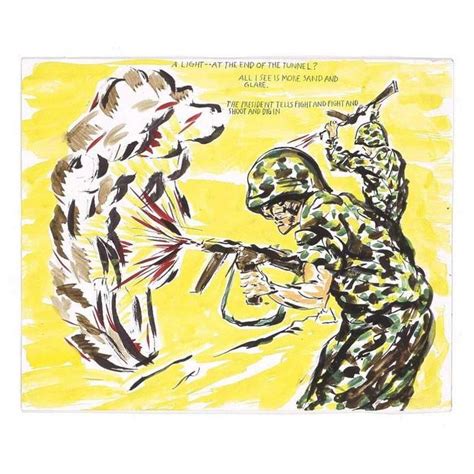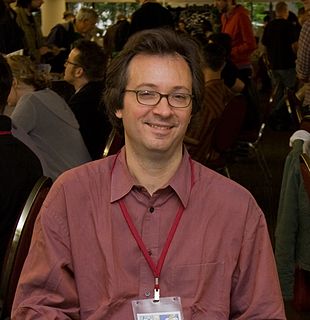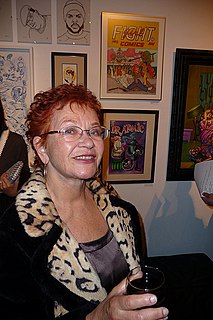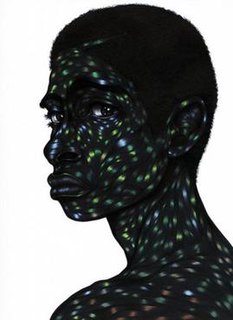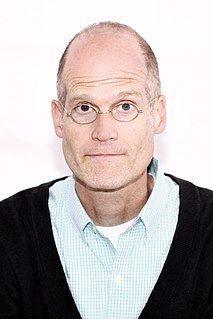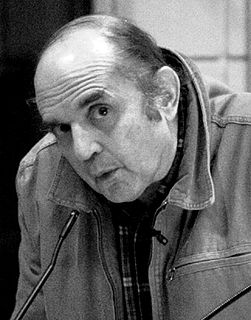A Quote by Raymond Pettibon
I was very influenced by comics. The drawing style, definitely, I was interested in. My style of drawing is largely a comic style, but it's also much more obvious than comics.
Quote Topics
Related Quotes
I seemed to have instinctually a strong idea of how the strip had to be written from the beginning. That changed too, but it was more in the direction of where it was headed. I didn't have a clue as to the drawing style, because the drawing style that I was groomed on from the beginning was newspaper comic strips, which were much more conventional.
When I was living in Mexico, I started reassessing my drawing style, and plunged into a period of doing exercises and research to develop a new way to draw. The result was a style that implies more than it shows, and so, ironically, feels more "true" to the scene I want to draw than a style that is more specific. It seems to me that the reader's imagination is able to fill in the gaps more effectively than I ever could. Plus it's a lot faster and more fun to do.
I started drawing comics, and at first I was very influenced by the whole pop art movement, you know, Batman was on TV and all that pop art stuff? But then my next influence was in 1966, or maybe it was '65, I don't know. Somebody showed me a copy of the "East Village Other", which was an underground newspaper. And... it had comics in it! And they weren't superhero comics.
Comics are not illustration, any more than fiction is copywriting. Illustration is essentially the application of artistic technique or style to suit a commercial or ancillary purpose; not that cartooning can't be this (see any restaurant giveaway comic book or superhero media property as an example), but comics written and produced by a cartoonist sitting alone by him- or herself are not illustrations. They don't illustrate anything at all, they literally tell a story.
I don't believe, in the end, that there is any such thing as no style. Even a very neutral, plain style, one that doesn't use colloquialisms, lyrical flourishes, heavy supplies of metaphor, etc., is a style, and it becomes a writer's characteristic style just as much as a thicker, richer deployment of idiom and vocabulary.
